Dine In
Eating out of a delivery box maybe the inevitable future for busy Indian households, but how might the experience be redesigned to engage, excite?
With long work hours and dual working households in India, eating freshly prepared hot food is becoming passé. Between operational problems with cooks and non-acceptance of ordering take-out daily, an unsatisfied need is exposed. Dine In is an enterprise that taps into this opportunity by offering a dependable, healthy, and convenient food delivery service.
The basic intent is to eliminate operational problems by introducing a gap between cooks and client households. A sophisticated touch-point between the two helps manage communal cooking and delivery system. This food manager not only innovates in recipes but also trains the cooks and is face of the brand.
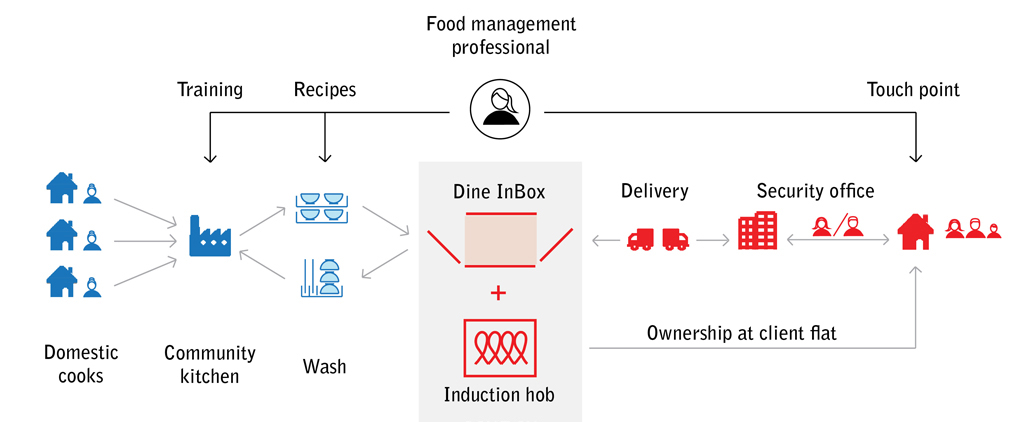
Core to this enterprise is Dine InBox, a one stop dining container that disrupts the semantic of eating from a box—making it desirable, exciting! Together with its heating module and food module, Dine InBox brings a new buzz to family dining. Engagement in re-heating and customising taste of food is key to personalisation, reinforced by ownership of heating module, the ceramic induction hob.
Feeding the booming Indian middle class, Dine In disrupts the semantic of eating take-out food. Dine InBox offers an exciting and engaging dining experience, delicately expanding cultural acceptability.
Ceramic induction hob at home; delivered Dine InBox placed over the ceramic hob. Dine InBox opened out; water poured before turning on induction hob. Food re-heated by steaming water; taste tweaked using provided spices and seasoning.
Dine In is the winner of the James Dyson Foundation Bursary Award, 2012. © Royal College of Art

Focus Area
With long work hours and dual working households in India, eating freshly prepared hot food is becoming passé in middle class India. Well-earning nuclear households today cannot easily spare time even to dine together, and society is tending towards fundamental changes that may wipe out family dining experiences.The responsibility and pressure of this change falls entirely on women, and the primary response is to adopt the superwoman attitude, where she juggles both professional work and household duties. Where is the opportunity?
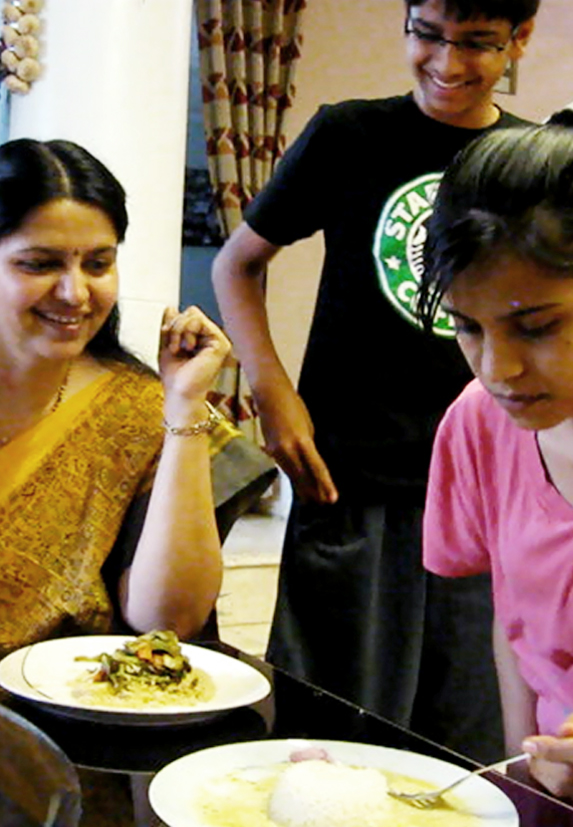

Research Approach
I began my research by reaching out to well-earning professional women and men in India, trying to understand the context and system at play. I mapped the stakeholders involved, and designed a research plan to study the lifestyle of these households, their support systems, and existing products.
Research Tracks
I observed well-earning professionals, and their domestic cooks, branching off to learn in depth about both. In parallel, I studied current food-delivery products and running of community kitchens. I adapted my research targets and participants based on my real-time learning.The Need
Not only did working professional women need a quicker and easier way of feeding their family, but also a guilt-free solution to perceived irresponsible behavior. Hiring domestic cooks to save time on cooking included compromise, even as cooks themselves ran out of time to cook for their own family. Introducing a layer of management could greatly benefit both and improve reliability.Design & Prototyping
Design of the container central to the food-delivery system was pivotal: it needed to disrupt the semantic of eating take-out and offer clever participation by the lady of the house to lift the guilt. Re-heating of delivered food became the key trigger for a much-needed new experience.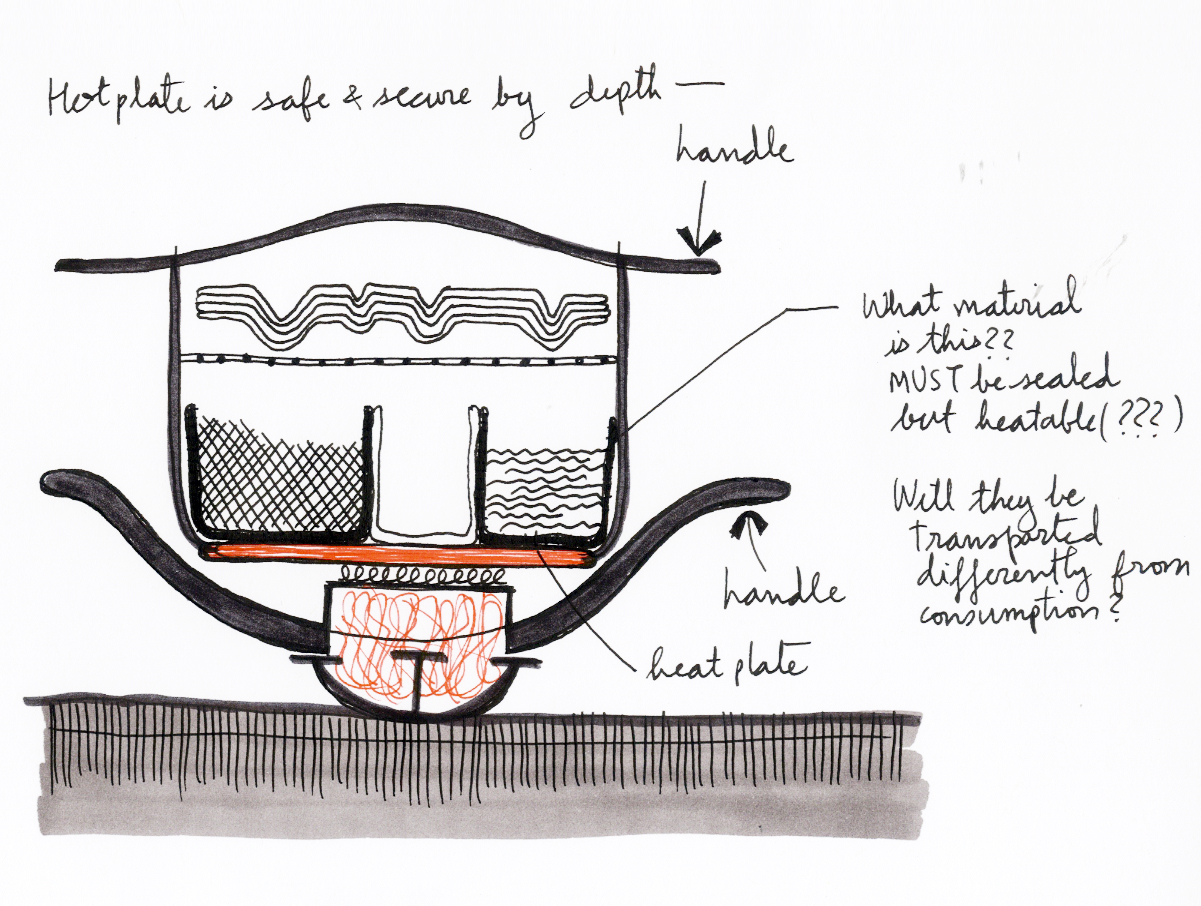
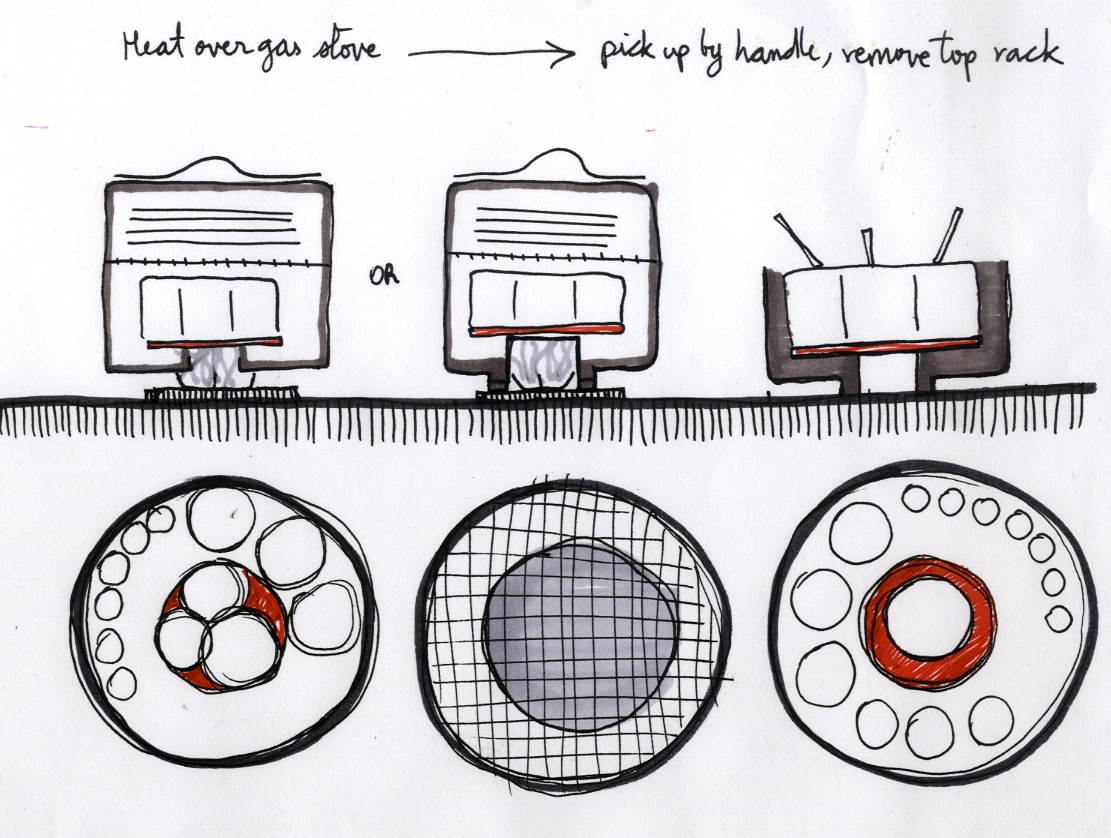




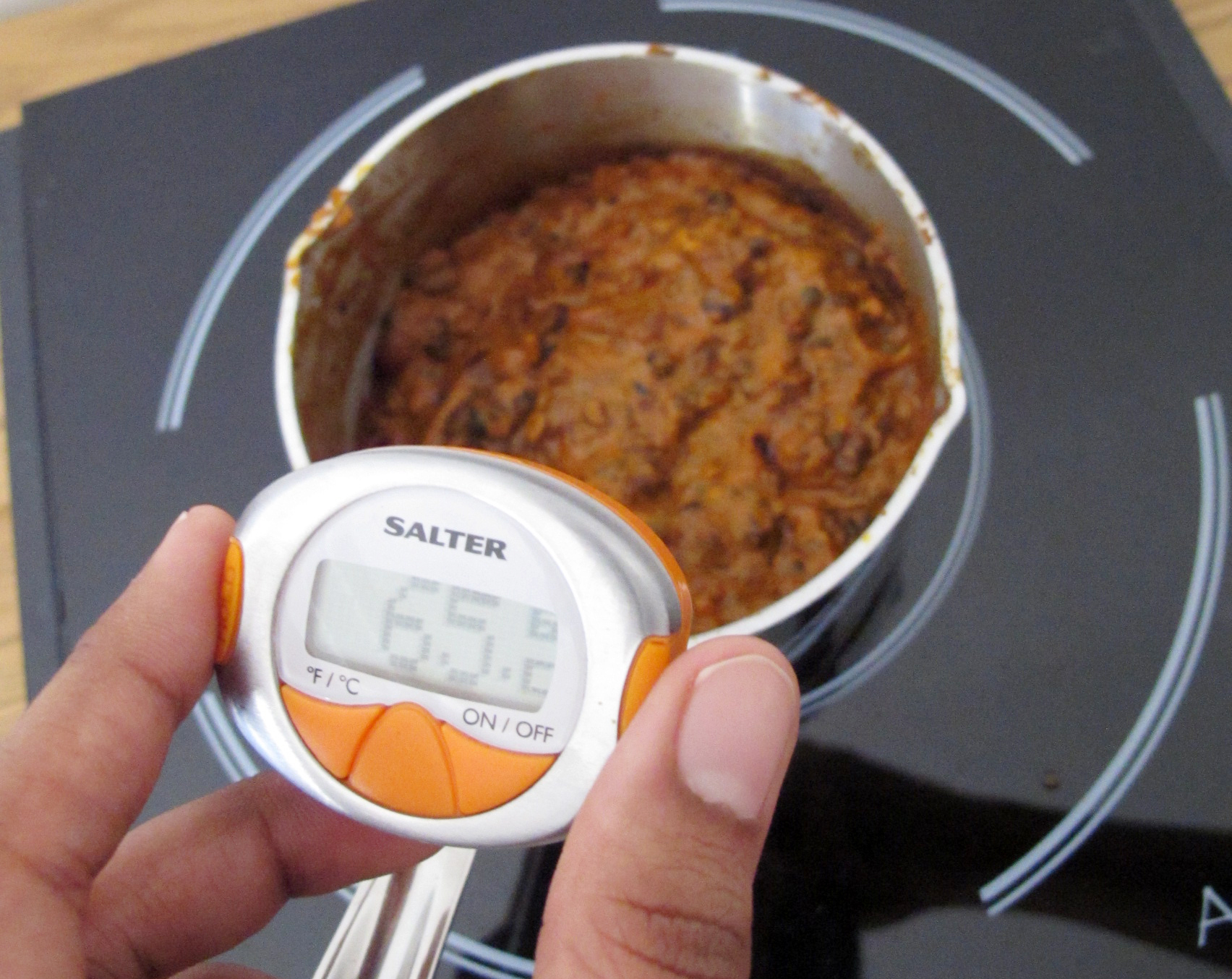

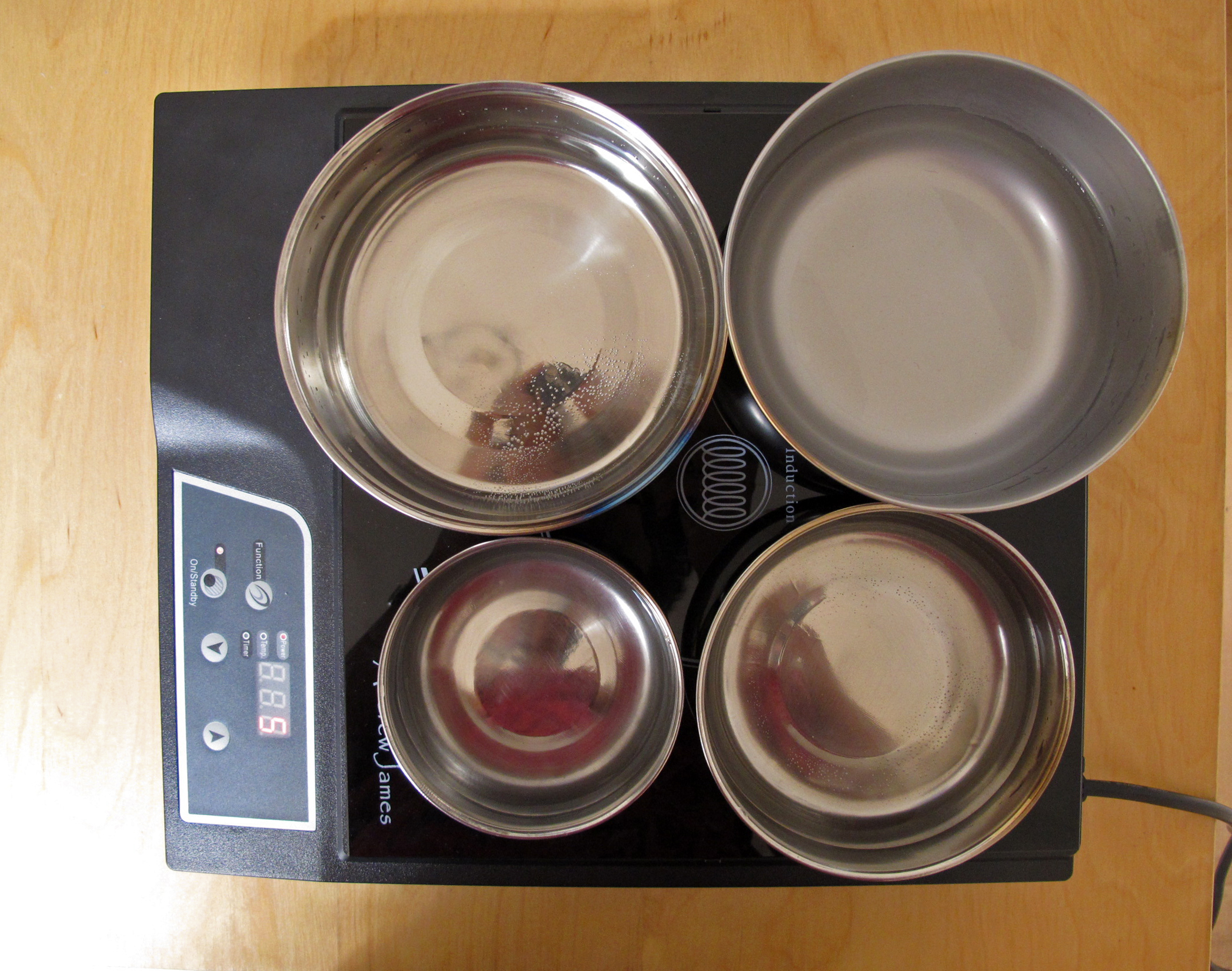
Product
Dine InBox, a one stop dining container is core to the system. It disrupts the semantic of eating from a take-out box—making it desirable, exciting! Together with its heating module and food module, Dine InBox brings a new buzz to family dining. Engagement in re-heating and customising taste of food is key to personalisation, reinforced by ownership of heating module, the ceramic induction hob.
![]()
![]()
![]()
![]()
![]()
![]()
![]()
![]()
![]()
System
The basic intent is to eliminate operational problems by introducing a gap between cooks and client households. A sophisticated touch-point between the two helps manage communal cooking and delivery system. This food manager not only innovates in recipes but also trains the cooks and is face of the brand. Dine In offers a dependable, healthy, and convenient food delivery service.
![]()


